Tibet, the mystical land nestled high in the Himalayas, captivates the imagination of travelers worldwide. Tibet is a land of awe–inspiring landscapes, rich cultural heritage, and spiritual serenity. Known as the “Roof of the World,” this autonomous region of China offers a unique and enchanting experience for travelers seeking a glimpse into a world untouched by time.
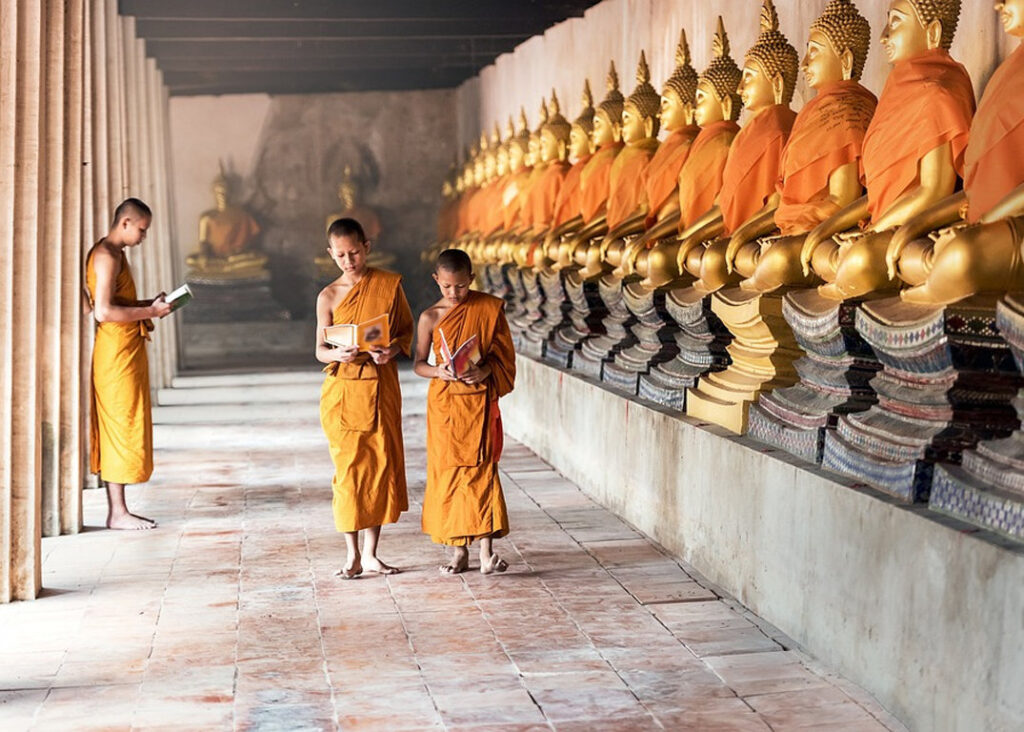
From its ancient monasteries to breathtaking mountain ranges, Tibet beckons adventurers and spiritual seekers alike. However, it is essential to understand both the opportunities and limitations that come with exploring this extraordinary region.
In this blog post, we will delve into the things you can do and the things you can’t do while visiting Tibet, shedding light on this captivating destination.
What You Can Do in Tibet:
Visit the Potala Palace:
No trip to Tibet would be complete without a visit to the iconic Potala Palace in Lhasa. This architectural marvel, once the winter residence of the Dalai Lamas, stands proudly on Red Hill and offers stunning panoramic views of the city.
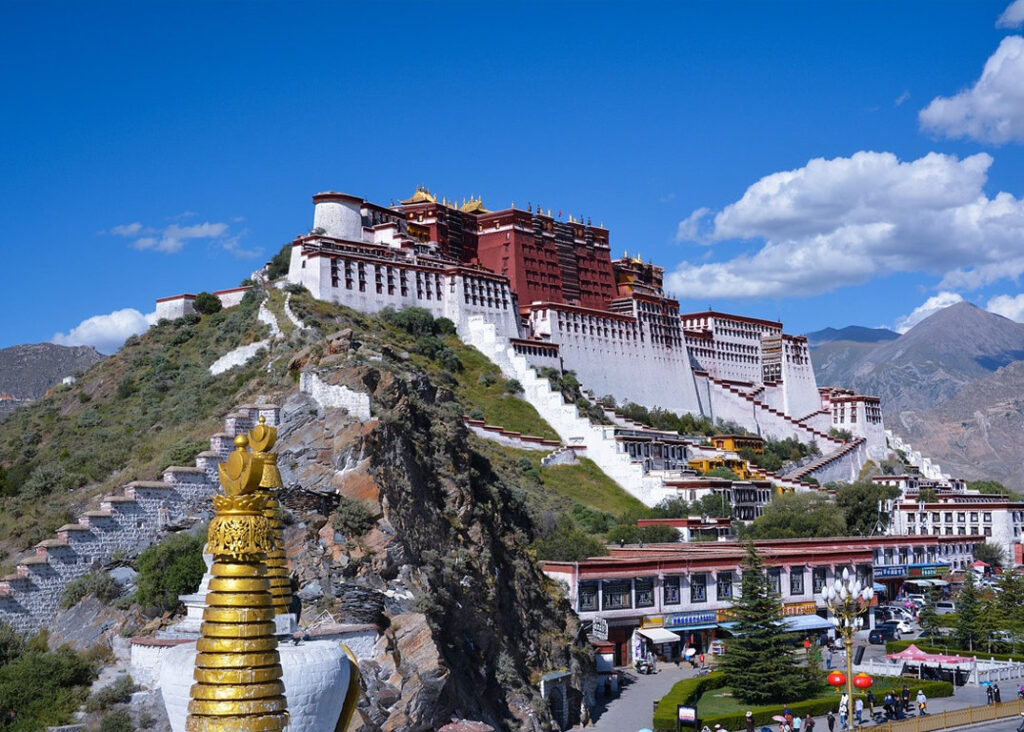
Immerse yourself in Tibetan history as you explore its ornate chapels, vibrant prayer halls, and sacred artifacts.
Explore the Jokhang Temple
Located in the heart of Lhasa, the Jokhang Temple is considered the most sacred and important temple in Tibet. Pilgrims from all over the world flock to this spiritual center to pay homage and experience its profound energy.
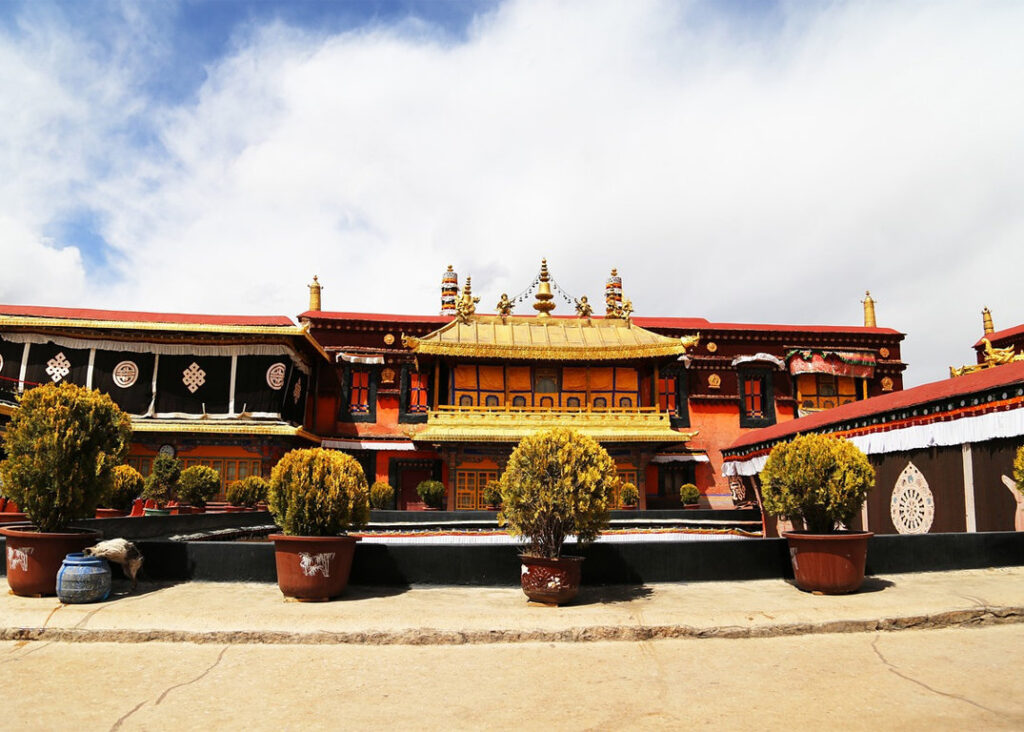
Marvel at the exquisite Tibetan Buddhist architecture, witness devotees spinning prayer wheels and join the captivating rituals that take place within its hallowed halls.
Walk the Barkhor Street
Adjacent to the Jokhang Temple, Barkhor Street is a bustling marketplace that offers a vibrant glimpse into Tibetan daily life. Join the throngs of pilgrims and locals as you wander through the narrow lanes lined with shops selling traditional Tibetan handicrafts, jewelry, and colorful prayer flags.
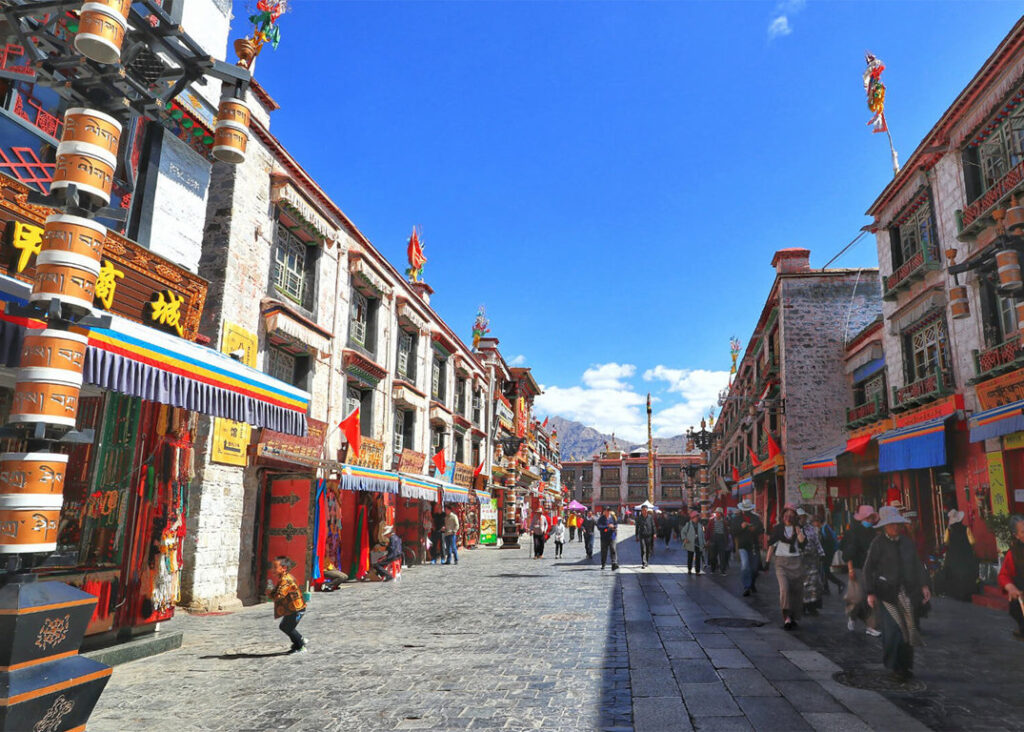
This is the perfect place to immerse yourself in the local culture and perhaps pick up a unique souvenir or two.
Discover the Scenic Beauty of Namtso Lake
Escape the city and venture into the pristine wilderness of Tibet by visiting Namtso Lake. Situated at an elevation of 4,718 meters, this heavenly lake is one of the highest saltwater lakes in the world.

Surrounded by snow-capped mountains, its crystal-clear turquoise waters are a sight to behold. Spend a night in a lakeside tent, witness breathtaking sunrises and sunsets, and experience a profound sense of tranquility in this untouched natural wonder.
Journey to Mount Everest Base Camp
For adventurous souls, a visit to the North Base Camp of Mount Everest is an absolute must. Located at an altitude of 5,200 meters, this is the closest one can get to the world’s highest peak without mountaineering expertise.
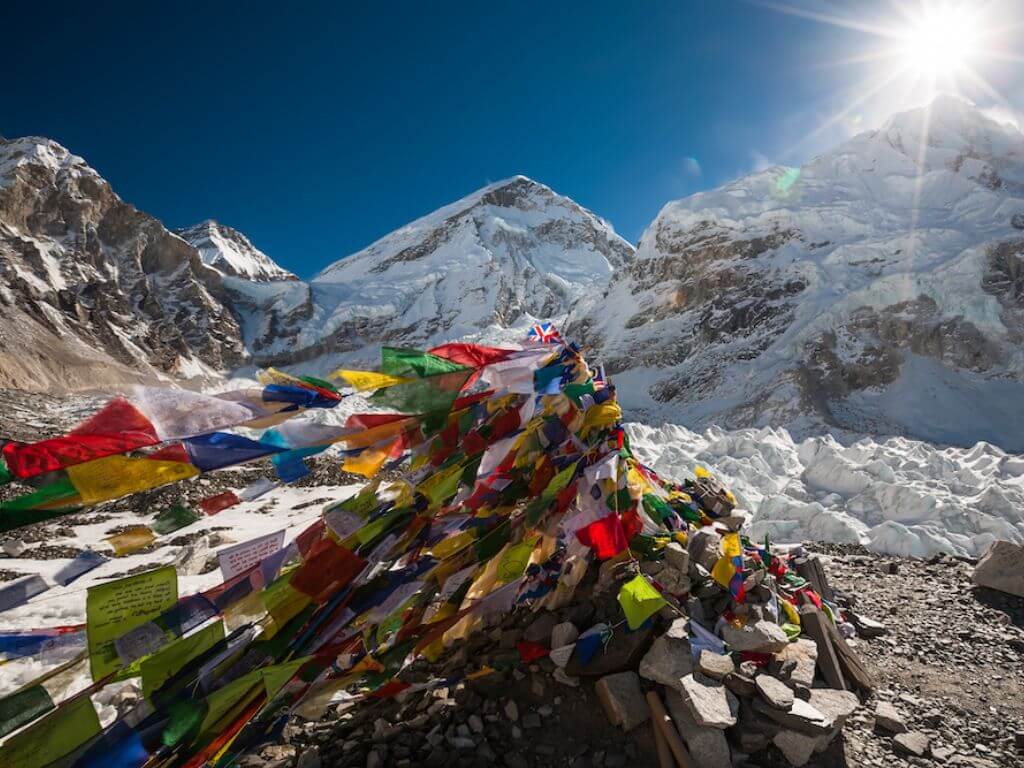
Absorb the awe-inspiring vistas of the Himalayan range, marvel at the sheer magnitude of Mount Everest, and gain a deeper appreciation for the triumphs and challenges of human exploration.
You May Also Like: Tibet Everest Base Camp Trek
Attend Tibetan Festivals
Tibetan culture is infused with vibrant festivals and celebrations that offer a glimpse into their spiritual traditions. Plan your visit to coincide with festivals such as Losar (Tibetan New Year), Saga Dawa (celebrating the birth, enlightenment, and death of Buddha), or the colorful Shoton Festival.
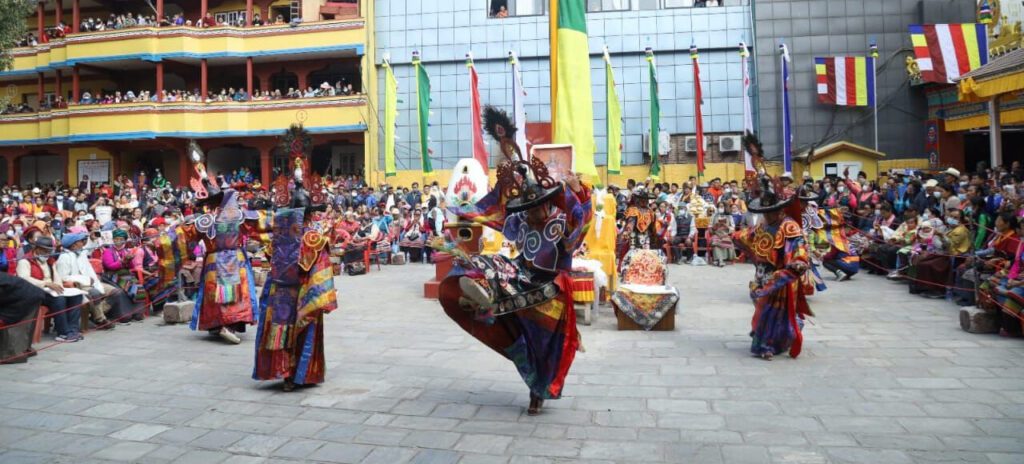
These festivities feature ancient rituals, masked dances, vibrant costumes, and a palpable sense of joy and reverence.
Explore the Ganden Monastery
Located on Wangbur Mountain, about 50 kilometers from Lhasa, Ganden Monastery is one of the “Great Three” Gelugpa monasteries in Tibet. It offers a glimpse into the traditional Tibetan monastic life. Take a scenic hike to reach the monastery, admire the stunning views of the surrounding valleys, and witness the daily rituals and ceremonies of the resident monks.
Trek the Everest Advanced Base Camp
For seasoned trekkers and mountain enthusiasts, embarking on a trek to the Everest Advanced Base Camp is an unforgettable experience. This challenging journey takes you through breathtaking landscapes, remote Tibetan villages, and high–altitude passes.
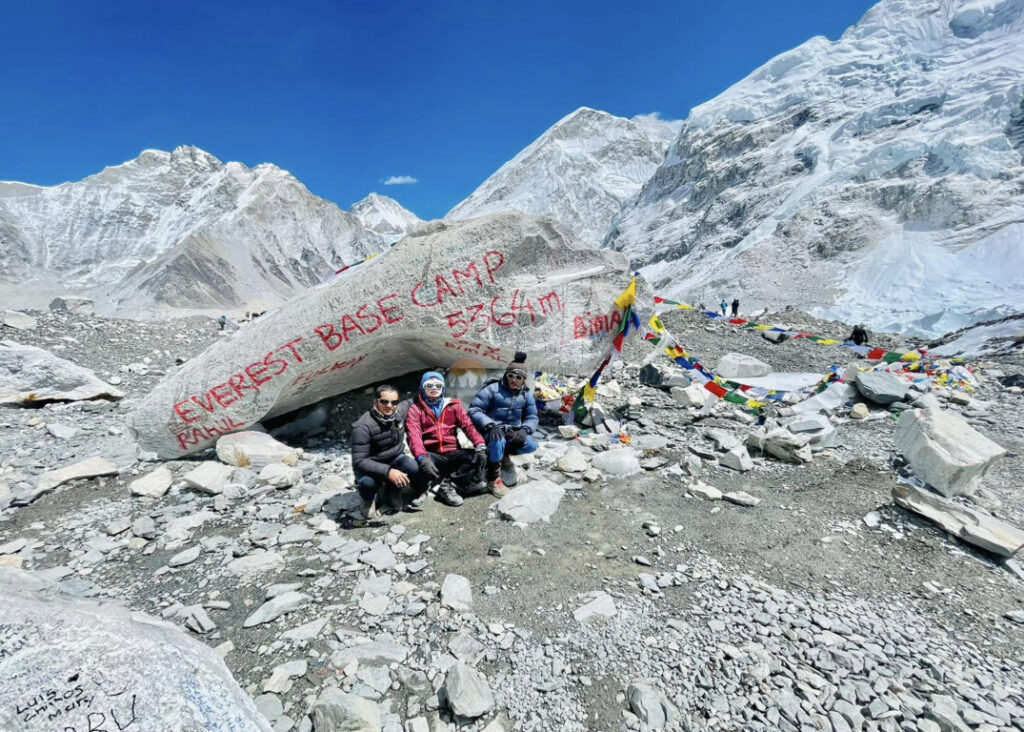
Along the way, enjoy close-up views of Everest, traverse majestic glaciers, and immerse yourself in the raw beauty of the Himalayas.
Take a Scenic Train Ride
Enjoy the mesmerizing landscapes of the Tibetan plateau by taking a scenic train ride on the Qinghai-Tibet Railway. This engineering marvel is the highest railway in the world, crossing breathtaking mountain passes, vast grasslands, and pristine rivers.
Also Read: 13 Things you need to know about Mount Everest
Marvel at the engineering feat while soaking in the panoramic views of the Tibetan plateau from the comfort of your train cabin.
Participate in a Meditation Retreat
Experience the tranquility and spiritual essence of Tibet by joining a meditation retreat at one of the numerous monasteries or retreat centers. Learn ancient meditation techniques from experienced Tibetan masters, practice mindfulness in serene surroundings, and find inner peace amidst the serene landscapes of the Himalayas.
What You Can’t Do in Tibet:
Independent Travel
One of the most significant limitations in Tibet is the restriction on independent travel. Authorized travel agencies mandate that foreign visitors must participate in guided tours. These tours often come with predetermined itineraries, fixed accommodations, and specific group sizes.
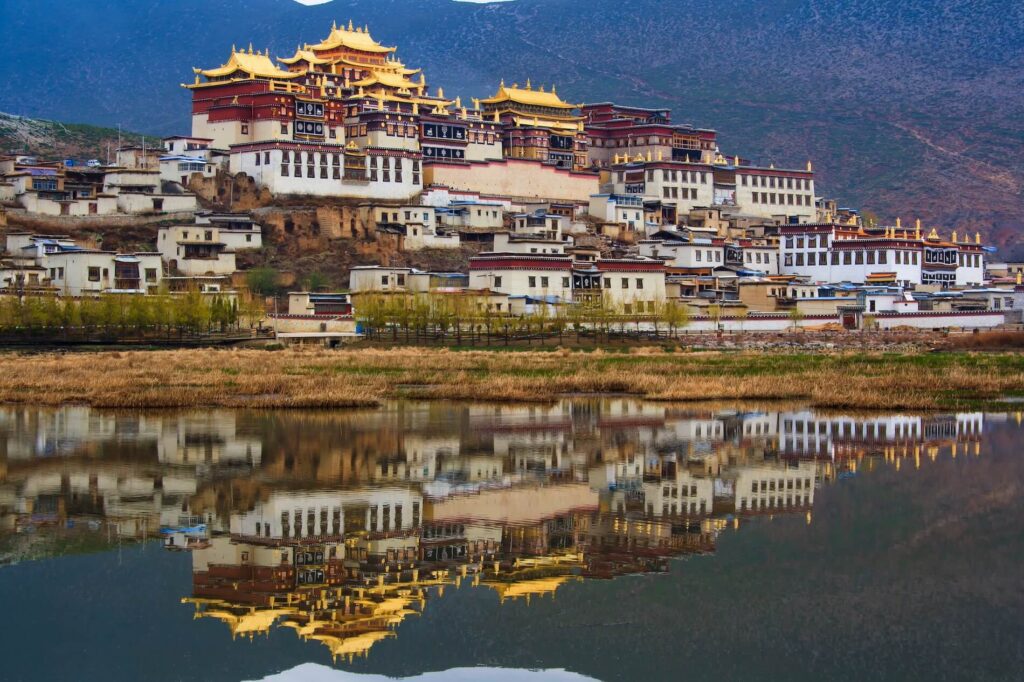
This restriction is primarily aimed at maintaining control over tourism and monitoring foreign activities within the region.
Engaging with Political Activities
Over the years, Tibet has remained a subject of great political sensitivity. Consequently, engaging in any form of political activity or expressing dissenting views against the policies of the Chinese government in Tibet is strictly prohibited.
The authorities respond to public demonstrations, protests, or discussions about sensitive political matters with severe consequences and punitive measures.
Filming and Photography Restrictions
Tibet’s breathtaking landscapes and unique cultural practices attract photographers and filmmakers from around the world. However, strict regulations govern the use of cameras and video equipment.
Read More: Buddhists Holiest Festival: Mani Rimdu Festival
Filming or photographing certain sensitive areas, or military installations, or engaging in any media activity without prior permission can lead to the confiscation of equipment and legal repercussions.
Engaging with Local Communities
Interacting with local Tibetans and gaining insights into their daily lives can be an enriching experience. However, due to the language barrier and the sensitive political climate, it can be challenging to have open and unrestricted conversations with locals.
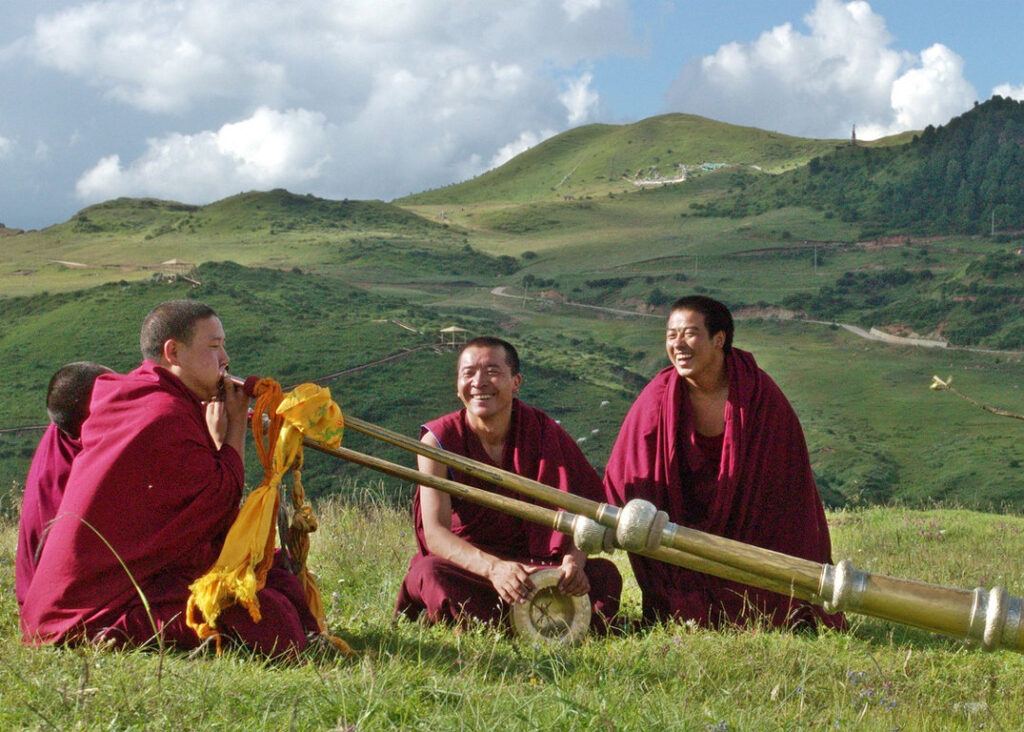
Visitors must be cautious when discussing sensitive topics and avoid engaging in conversations that could potentially jeopardize the safety and well-being of the local population.
Displaying Tibetan Flags or Symbols
Tibetan flags and symbols, such as the Snow Lion flag or images of the Dalai Lama, are considered politically sensitive. Displaying or carrying these symbols in public can lead to arrest, detention, and potential legal repercussions.
The Chinese government perceives such acts as advocating for Tibetan independence and views them as a threat to national security.
Engaging with Independent Guides
While guided tours are mandatory for foreign visitors, hiring independent Tibetan guides or engaging in discussions with locals who are not part of the official tourism system is highly discouraged.
Also Read: Nepal Tibet Tour
The Chinese government closely monitors interactions between tourists and locals to maintain control and oversight over information exchange.
Accessing Unfiltered Internet
Internet access in Tibet is closely monitored and filtered by the Chinese government. Many popular international websites, social media platforms, and messaging apps are restricted or completely blocked.
This limited internet freedom makes it challenging for visitors to stay connected with the outside world and access uncensored information.
Let our expert team at Asian Heritage Treks and Travel take care of everything — from guided tours to personalized packing tips and travel arrangements.
Plan My Tibet Trip







